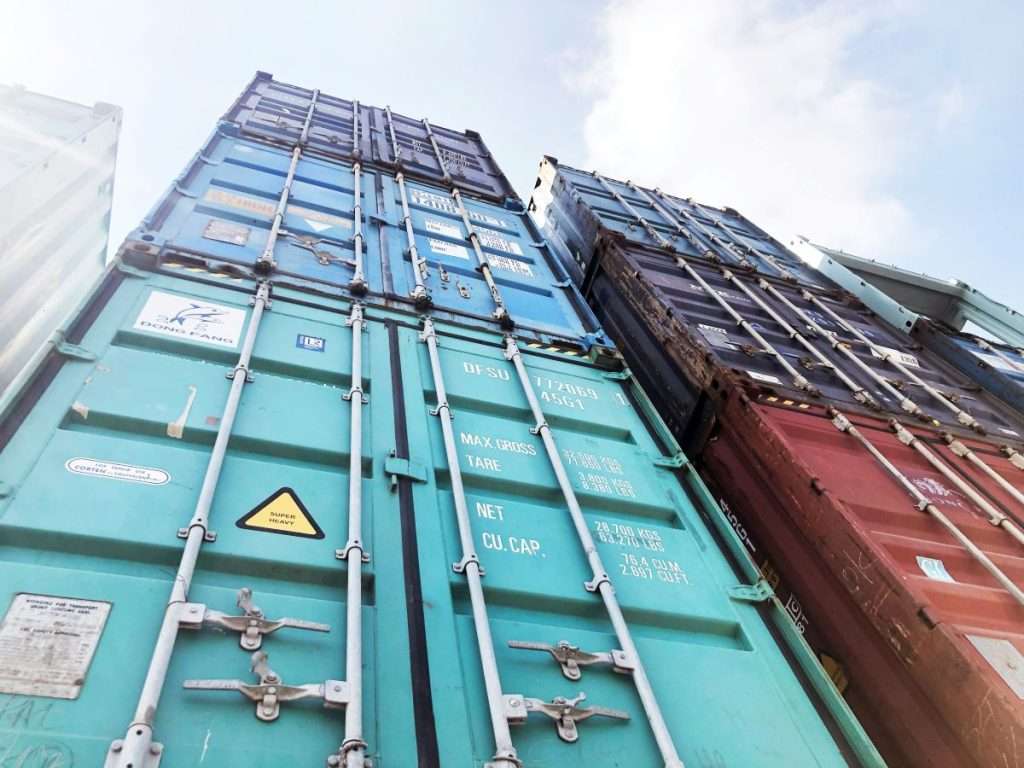Section 321, a provision in U.S. Customs regulations, is becoming a strategic tool for eCommerce businesses, allowing duty-free shipping of goods valued at $800 or less from multiple countries to the U.S. By importing bulk shipments into Canada and then fulfilling individual orders to the U.S., businesses can leverage this provision to save up to 20% on duties and enjoy faster, more efficient customs clearance.
Maximizing Savings with Duty Drawback Programs and Cross-Border Operations
Businesses can further reduce costs by reclaiming duties paid in Canada through the Canadian duty drawback program once the goods are exported to the U.S. Additionally, Section 321 simplifies cross-border logistics, a major concern for many businesses. Partnering with a specialized 3PL provider that facilitates operations under Section 321 can be a game-changer, especially if they have a warehouse network that suits the brand’s needs.
Why eCommerce Brands are Embracing Section 321
Routing goods through Canada allows businesses to bypass steep U.S. import duties, providing a competitive advantage. Access to the Canadian market also offers opportunities for brand expansion and protection against demand fluctuations. However, businesses must be aware of Section 321’s nuances, including product eligibility and the risk of penalties for incorrect valuations or errors.
Effectively Leveraging Section 321
To maximize the benefits of Section 321, businesses need to strategically plan their warehouse locations, enhance inventory management processes, and consider partnering with third-party logistics providers with expertise in U.S.-Canada cross-border operations. These providers can navigate both the regulatory and physical fulfillment aspects, making them invaluable for ensuring compliance and efficiency.
Section 321 is a powerful tool for eCommerce businesses, offering significant cost savings and strategic advantages. However, to fully leverage its benefits, businesses must understand its nuances and develop effective strategies for warehouse location, inventory management, and cross-border operations.








